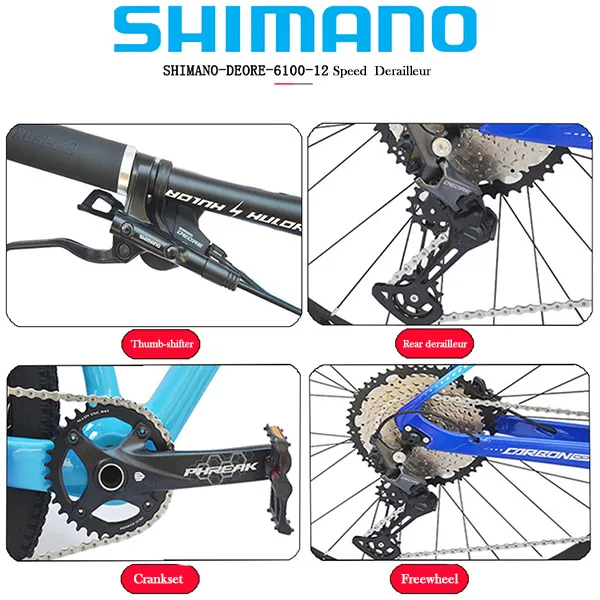
- Afrikaans
- Albanian
- Amharic
- Arabic
- Armenian
- Azerbaijani
- Basque
- Belarusian
- Bengali
- Bosnian
- Bulgarian
- Catalan
- Cebuano
- Corsican
- Croatian
- Czech
- Danish
- Dutch
- English
- Esperanto
- Estonian
- Finnish
- French
- Frisian
- Galician
- Georgian
- German
- Greek
- Gujarati
- Haitian Creole
- hausa
- hawaiian
- Hebrew
- Hindi
- Miao
- Hungarian
- Icelandic
- igbo
- Indonesian
- irish
- Italian
- Japanese
- Javanese
- Kannada
- kazakh
- Khmer
- Rwandese
- Korean
- Kurdish
- Kyrgyz
- Lao
- Latin
- Latvian
- Lithuanian
- Luxembourgish
- Macedonian
- Malgashi
- Malay
- Malayalam
- Maltese
- Maori
- Marathi
- Mongolian
- Myanmar
- Nepali
- Norwegian
- Norwegian
- Occitan
- Pashto
- Persian
- Polish
- Portuguese
- Punjabi
- Romanian
- Russian
- Samoan
- Scottish Gaelic
- Serbian
- Sesotho
- Shona
- Sindhi
- Sinhala
- Slovak
- Slovenian
- Somali
- Spanish
- Sundanese
- Swahili
- Swedish
- Tagalog
- Tajik
- Tamil
- Tatar
- Telugu
- Thai
- Turkish
- Turkmen
- Ukrainian
- Urdu
- Uighur
- Uzbek
- Vietnamese
- Welsh
- Bantu
- Yiddish
- Yoruba
- Zulu
Jul . 29, 2024 23:59 Back to list
How to Properly Adjust and Repair a Mountain Bike's Rear Derailleur for Optimal Performance
How to Fix a Derailleur on Your Mountain Bike
Mountain biking is an exhilarating sport that provides an adrenaline rush while exploring the great outdoors. However, a common pitfall many bikers encounter is issues with their bike's derailleur. The derailleur is a crucial component that allows you to shift gears smoothly, ensuring optimal performance on various terrains. If you're facing difficulties with your derailleur, fear not! This article will guide you through the steps to fix it and get back on the trails.
Understanding the Derailleur
Before diving into the repair process, it's essential to understand the derailleur's function. The derailleur is responsible for moving the chain between different gears on the cassette or chainrings. It consists of two primary parts the rear derailleur, which is located near the rear wheel, and the front derailleur, found close to the pedals. Both derailleurs work in tandem to enable seamless gear shifting.
Common Problems and Solutions
1. Misalignment One of the most common issues with derailleurs is misalignment. This can occur due to a hard fall or simply wear and tear over time. A misaligned derailleur can lead to skipping gears or chain drops. To fix this, check the alignment of the derailleur's hanger—this is the part that attaches the derailleur to the bike frame. If it's bent, you may need to realign it carefully using a derailleur alignment tool or by taking it to a bike shop for professional help.
2. Cable Tension The shifting performance can degrade if the cable tension is too loose or too tight. To adjust the tension, locate the barrel adjuster on the derailleur or shifter. Turn it clockwise to increase tension and counterclockwise to decrease it. A good rule of thumb is to shift to the smallest rear cog; the chain should move smoothly without any hesitation.
fix derailleur on mountain bike

3. B-Gap Adjustment The B-gap is the distance between the top jockey wheel of the rear derailleur and the cassette. An improper B-gap can cause poor shifting performance. You need to adjust the B-screw located on the derailleur. Shift into the largest rear cog and ensure that there is a gap of about 5-6 mm between the jockey wheel and the sprocket.
4. Chain Condition Sometimes the issue lies not within the derailleur but with the chain itself. A worn-out or dirty chain can cause skipping or inability to shift. Inspect your chain for signs of wear, such as elongation or stiff links. If the chain is too worn, consider replacing it and ensure to clean it regularly to maintain performance.
5. Limit Screws Each derailleur has limit screws to prevent the chain from shifting beyond the usable gears. These screws are often marked with 'H' (high) and 'L' (low). If the derailleur moves too far in either direction, it can cause the chain to fall off. Adjust these screws by turning them clockwise (to restrict movement) or counterclockwise (to allow more movement) according to your specific needs.
Testing the Repair
Once you've made the necessary adjustments, it's time to test your work. Shift through all gears while pedaling lightly to ensure that the chain moves smoothly across the cassette. If you're still experiencing issues, consider revisiting the adjustments or consulting a professional.
Conclusion
A functioning derailleur is critical for an enjoyable mountain biking experience. Regular maintenance and adjustments can prolong its lifespan and improve your ride quality. With some patience and these simple steps, you should be able to fix your derailleur and get back to conquering those trails. Ride on and enjoy the adventure!
-
The Ultimate Kids' Four-Wheeler Experience
NewsJul.09,2025
-
The Ultimate Guide to Mountain Bikes: Gear Up for Your Ride
NewsJul.09,2025
-
The New Age of Cycling: Electric Bikes for Every Rider
NewsJul.09,2025
-
The Best Kids Bicycles: Ride in Style and Safety
NewsJul.09,2025
-
The Best 3-Wheel Scooters for Kids: Fun, Safety, and Adventure
NewsJul.09,2025
-
Revolutionize Your Ride: Affordable Electric Bikes
NewsJul.09,2025
-
Finding the Perfect Mountain Bike for Every Rider
NewsJul.09,2025



